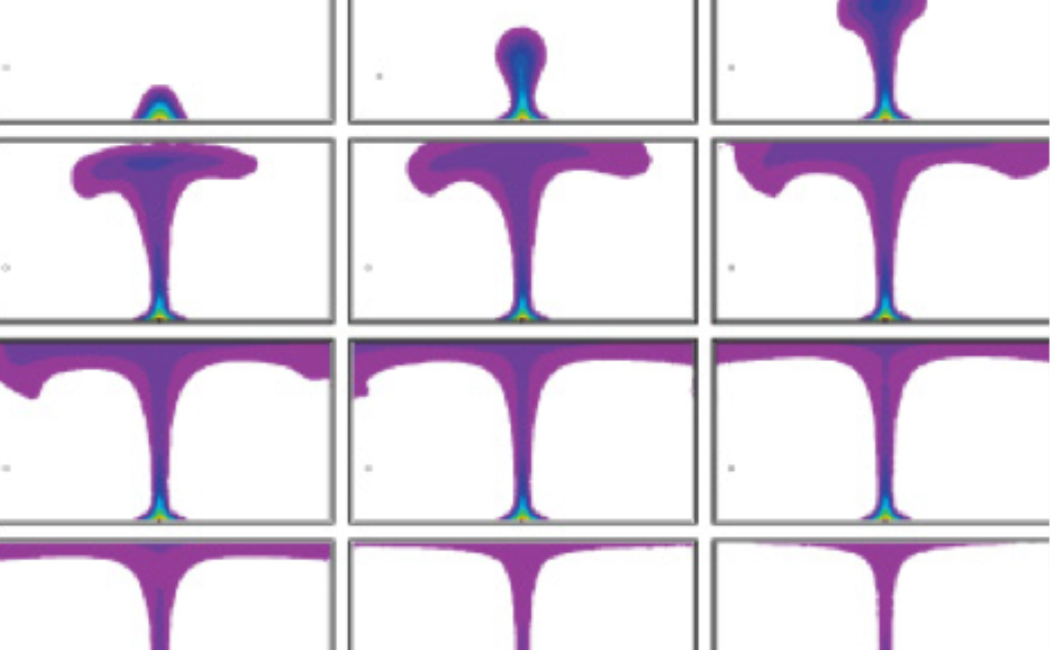
Large-scale simulation of transport phenomena in the subsurface remains a difficult hurdle for numerical solution. Several reasons may be invoked to explain these difficulties including the need for higher order algorithms, conservation of mass locally, to allow large time steps, and to produce no or minimal over/under-shoots and numerical diffusion. On the other hand, simulating multiphase flows in geologic formations necessitates better understanding of phase behavior. The effects of temperature, pressure, and salt concentration on interfacial tension and its effect on relative permeability and capillary pressure are among the current challenges that face the development of multiphase flows in porous media. All these difficulties in addition to the need to develop models for macroscopic capillary pressure and hysteretic relative permeability that quantify the influence of important pore-scale interfacial processes are essential on modeling CO2 migration and trapping in geologic formations which is the focus of the current research proposal.
This project concerns the simulation of subsurface transport of geochemical species, especially as related to carbon sequestration. We study applications related to CO2 sequestration, petroleum reservoir simulation, hydrological flow and reactive transport as well as scientific and engineering computing. We approach the problem with the following three main highlights:
1. Improve modeling of physics, chemistry, and geology, including compositional models of multiphase, multicomponent flow; and faults.
2. Improve discretizations on irregular grids, including discontinuous Galerkin and characteristic methods for reactive transport; physics-based Multi-Point Flux Approximations (MPFA) for flow; multiscale solvers; and iteratively coupled time stepping procedures.
3. Data assimilation and managing uncertainty.
The tracking of geochemical and isotopic signatures of carbon, oxygen and the noble gases in reservoir fluids and brines provide strong constraints on the extent of reactions, the interaction of fluids, and their transport. Our novel approach is to compare numerical predictions of geochemical and isotopic signatures with field observations to constrain the parameter estimation in subsurface flow.
In addition, we will consider uncertainty in subsurface characterization, including formation permeability and porosity. We will apply Ensemble Kalman Filtering (EnKF) in the novel context of using data not merely from seismic and well logs, but also from geochemical and isotopic signatures of carbon, oxygen and noble gases. Furthermore, the Integrated Parallel Accurate Reservoir Simulator (IPARS) is a computational framework developed at UT-Austin. It allows coupling of different physical and multiscale models and runs efficiently on massively parallel computers. It is ideal for developing and prototyping the new models and algorithms proposed in this project.
The project will result in significant advances in the reliable modeling and simulation of subsurface geochemical transport. The ultimate transformative goal of the investigators, of which this project is a part, is to achieve predictive and decision support simulations, in which engineers can reliably predict, control, and manage human interaction with geosystems.